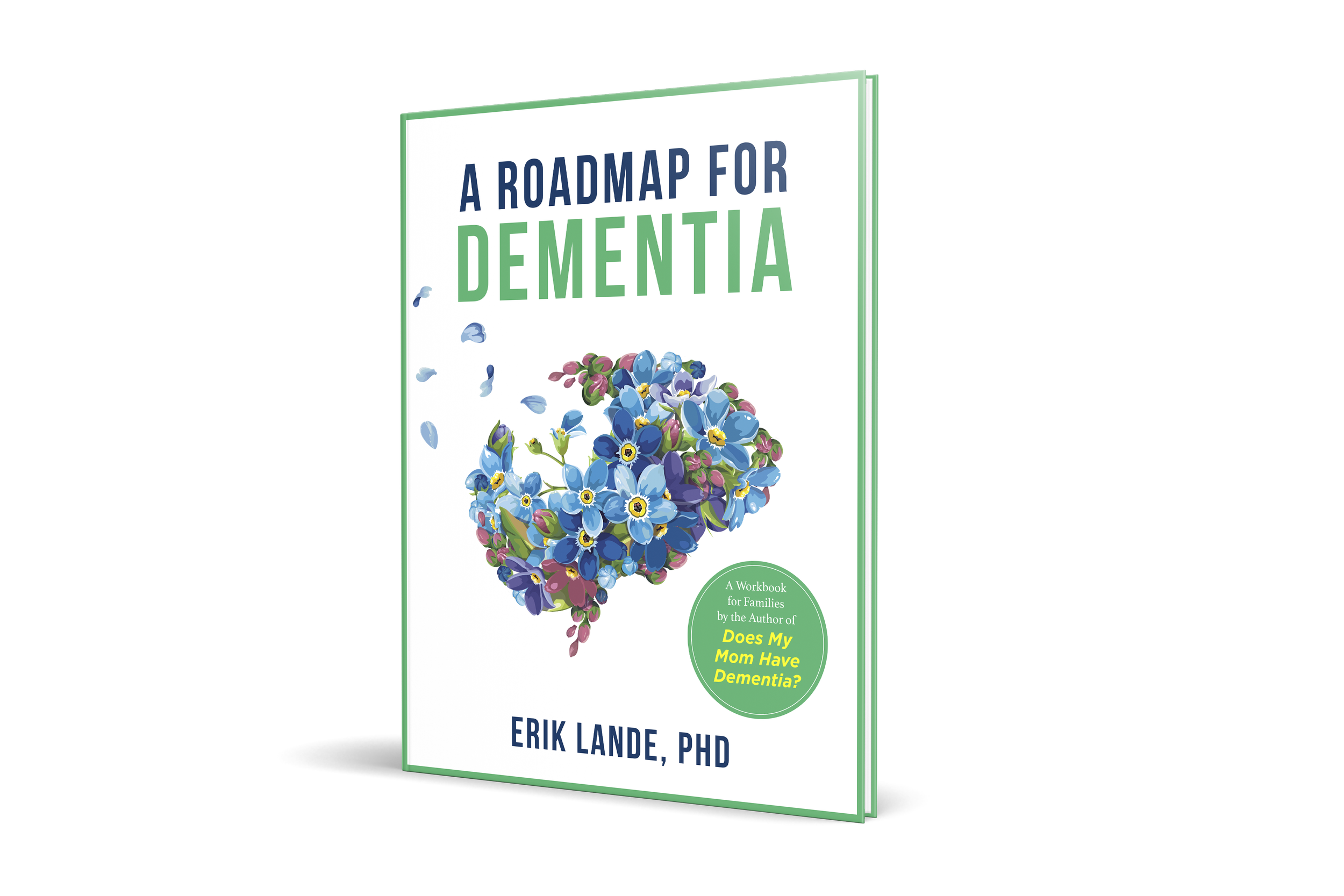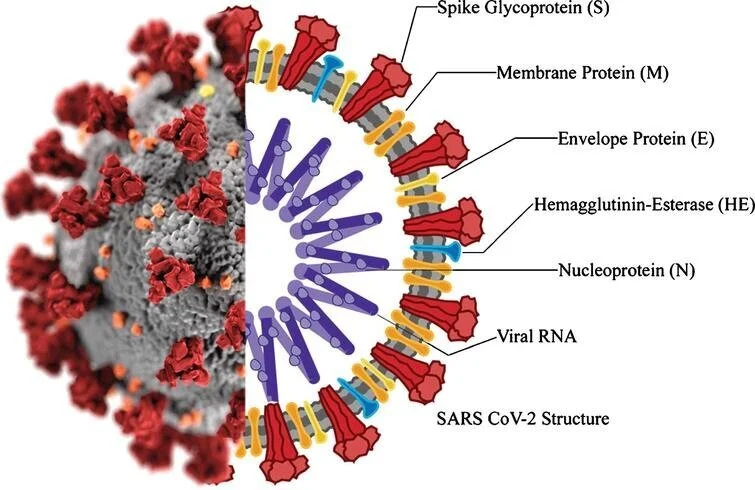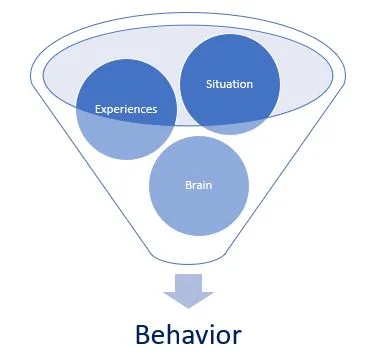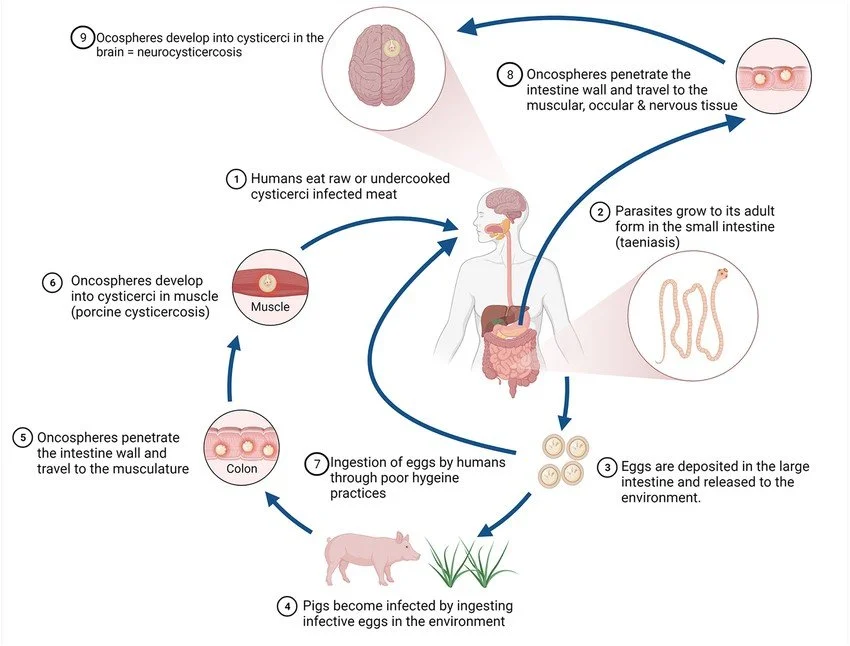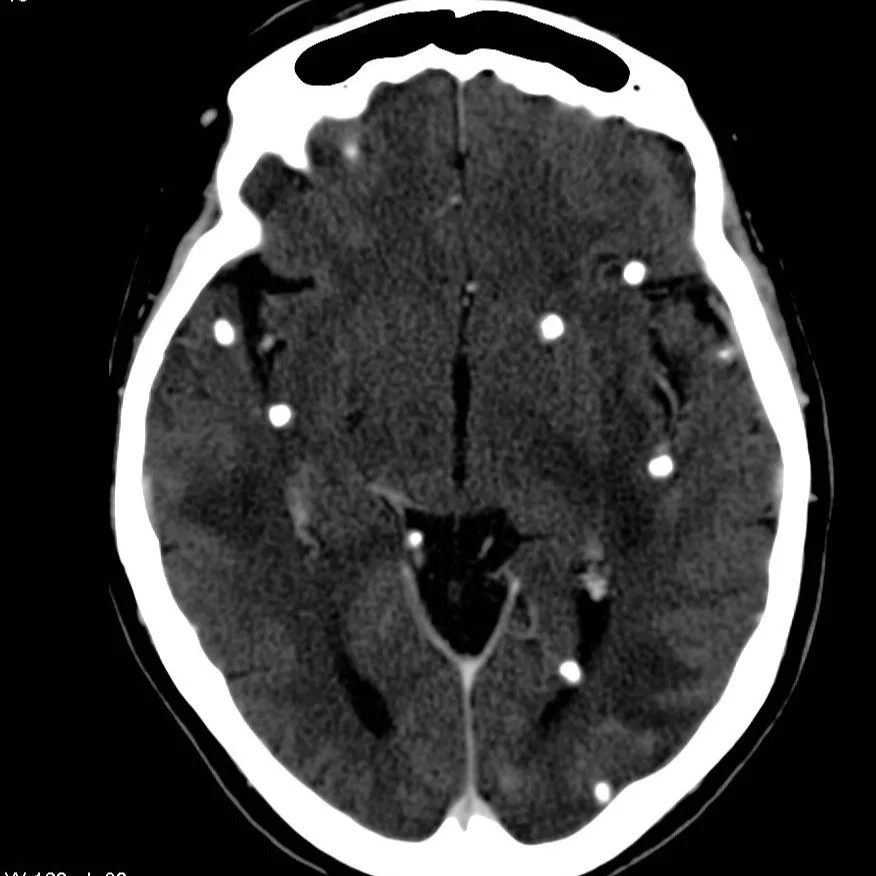Medicare hospice fraud is an escalating concern, targeting some of the most vulnerable populations—our seniors. This issue not only drains taxpayer dollars but also exploits individuals in their final stages of life, undermining the integrity of the hospice care system. Understanding and addressing this fraud is crucial for safeguarding both financial and human resources.
Understanding Hospice Fraud
Hospice care aims to provide comfort and support to patients with terminal illnesses. Unfortunately, some providers exploit this compassionate service for financial gain. Fraudsters often engage in the following tactics:
Ineligible Patient Enrollment: Recruiters target seniors, convincing them to sign up for hospice care even if they do not meet the Medicare criteria of having a terminal illness with a life expectancy of six months or less. Tactics include door-to-door solicitations, misleading information, and offering non-covered benefits to entice enrollment (Senior Medicare Patrol) (Home Health Care News).
False Certifications and Physician Kickbacks: Some hospice providers forge medical certifications or offer kickbacks to physicians for patient referrals. This leads to the enrollment of patients who do not need hospice care (Home Health Care News).
Improper Billing: Fraudulent activities often include billing Medicare for higher levels of care than provided or for services not rendered at all. For instance, billing for inpatient care while providing only routine home care services (Hospice News) (Home Health Care News).
Real-World Examples and Legal Actions
Several high-profile cases illustrate the severity of hospice fraud:
Merida Group: Owners were charged with $152 million in fraudulent Medicare claims for unnecessary hospice and home health services. This resulted in significant prison sentences for those involved (Hospice News).
Angel Care Hospice: The owner was convicted of enrolling ineligible patients, resulting in $1.5 million in fraudulent claims and facing up to 20 years in prison (Hospice News).
These cases highlight the extensive financial and emotional costs of such fraudulent practices.
Regulatory and Preventative Measures
The Office of Inspector General (OIG) and the Centers for Medicare & Medicaid Services (CMS) are intensifying efforts to combat hospice fraud. Key initiatives include:
Nationwide Audits: CMS is conducting comprehensive audits to scrutinize hospice eligibility and billing practices (ProPublica).
Stricter Regulations: Proposals for moratoriums on new hospice licenses in high-fraud areas and enhanced oversight of existing providers are under discussion (ProPublica) (Home Health Care News).
These measures aim to close loopholes that fraudsters exploit and ensure that hospice services are provided to those genuinely in need.
The Financial Motives Behind Medicare Hospice Fraud
Medicare hospice fraud is not just a random act of deception; it is driven by significant financial incentives and systemic vulnerabilities within the healthcare system. Here are some key motives:
High Reimbursement Rates: Hospice care is reimbursed by Medicare on a per diem basis, meaning providers receive a fixed amount per day for each enrolled patient, regardless of the actual services provided. This creates an incentive to enroll as many patients as possible, including those who are not eligible (Home Health Care News).
Lower Scrutiny for Small Providers: Smaller hospice providers often escape rigorous oversight compared to larger healthcare entities. This lack of scrutiny allows fraudulent providers to operate with minimal risk of detection. As highlighted in a ProPublica report, the rapid increase in new hospices, particularly in states without strict licensing requirements, has made it easier for fraudulent operations to proliferate (ProPublica).
Ease of Falsifying Eligibility: The process for certifying patients as eligible for hospice care can be manipulated. Fraudsters can forge or falsify medical documentation to certify that a patient is terminally ill, thus enabling them to bill Medicare fraudulently. Kickback arrangements with physicians further facilitate this fraud (Home Health Care News).
Profitability of For-Profit Hospices: The shift from nonprofit to for-profit hospice care has intensified financial motives. For-profit hospices have a higher margin and can generate substantial revenue by maximizing patient enrollments and minimizing service costs. This model, unfortunately, incentivizes fraudulent behavior as providers seek to boost profits (ProPublica).
Minimal Risk and High Reward: The honor system in Medicare billing, where providers are trusted to submit accurate claims, combined with the difficulty in retrospectively assessing a patient's eligibility, makes hospice fraud a low-risk, high-reward endeavor. Even when fraud is detected, the penalties are often outweighed by the profits made from fraudulent claims (Hospice News) (ProPublica).
By understanding these motives, stakeholders can better appreciate the complexity of the issue and the need for robust measures to combat fraud. Ensuring that hospice care remains a genuine and compassionate service for those in need requires addressing these financial incentives and tightening regulatory oversight.
Risks of Being Improperly Placed on Hospice
Being improperly placed on hospice care can have significant and often detrimental consequences for patients. These risks extend beyond financial exploitation and impact the overall health and well-being of individuals:
Loss of Access to Curative Treatments: Patients enrolled in hospice care agree to forgo curative treatments. This can lead to discontinuation of necessary medical treatments and limited medical interventions, which may be critical for managing or curing their illnesses (Senior Medicare Patrol) (Home Health Care News).
Inadequate Medical Supervision: Improperly placed patients might not receive the level of medical oversight needed for their actual condition. This includes fewer medical visits and potential care gaps during weekends and holidays (Home Health Care News).
Psychological and Emotional Impact: The emotional distress of believing one's condition is terminal can be profound, leading to significant psychological and emotional effects on both patients and their families (ProPublica).
Financial Exploitation: Patients might incur out-of-pocket costs for services not covered under the hospice benefit, or they might be billed for unnecessary services. Families may also face legal issues if they unknowingly participate in fraudulent schemes (Senior Medicare Patrol) (Home Health Care News).
Impact on Caregivers: The burden on caregivers can increase significantly, leading to stress and potential burnout due to inadequate support and resources (Home Health Care News) (ProPublica).
Examples of Hospice Fraud
Door-to-Door Solicitations in Ventura County: In Ventura County, fraudulent agencies have been reported going door to door, trying to sign people up for hospice care under false pretenses. These agencies use aggressive and misleading tactics to enroll seniors, offering benefits like free housekeeping or medications to entice them (Senior Medicare Patrol) (Home Health Care News).
Falsified Diagnoses: Some hospice providers falsify medical diagnoses to qualify patients for hospice care. This involves forging physician signatures on documents that certify patients as terminally ill when they are not (Home Health Care News).
Billing for Nonexistent Services: Fraudulent hospices often bill Medicare for services that are never provided. For example, they might charge for continuous care or inpatient services while only delivering minimal or no actual care (Hospice News) (Home Health Care News).
Protecting Yourself and Loved Ones
Here are some steps you can take to protect against hospice fraud:
Verify Services: Always verify the necessity of hospice services and the credentials of the provider. Confirm the medical condition with a trusted healthcare professional.
Review Billing Statements: Regularly check Medicare Summary Notices (MSNs) and Explanation of Benefits (EOBs) for any irregularities or charges for services not received.
Report Suspected Fraud: If you suspect hospice fraud, report it immediately to Medicare or the Senior Medicare Patrol (SMP). They can assist in investigating and addressing potential fraud (Senior Medicare Patrol) (Home Health Care News).
Capacity Assessment: If you believe that your loved one may not be making sound financial decisions due to cognitive impairment or dementia, please reach out for an evaluation!
Conclusion
Hospice fraud is a significant issue that demands attention and action from all stakeholders, including patients, caregivers, healthcare providers, and regulatory bodies. By staying informed and vigilant, we can help protect the integrity of hospice care and ensure it serves those truly in need during their most vulnerable times.
For more information on how to identify and report hospice fraud, visit the Senior Medicare Patrol website here.
